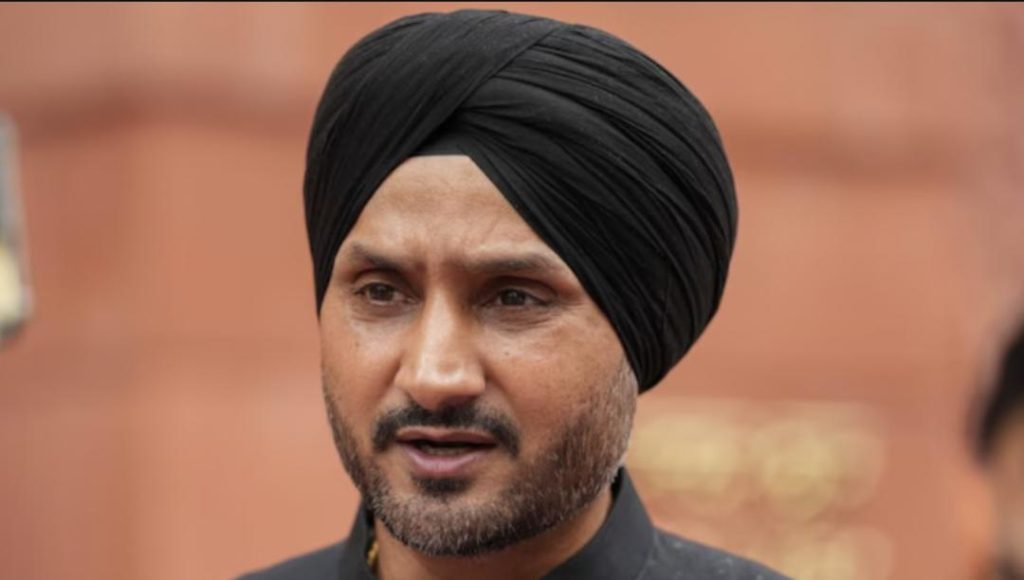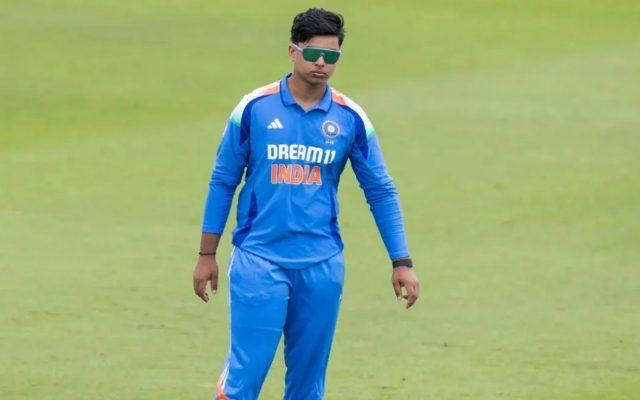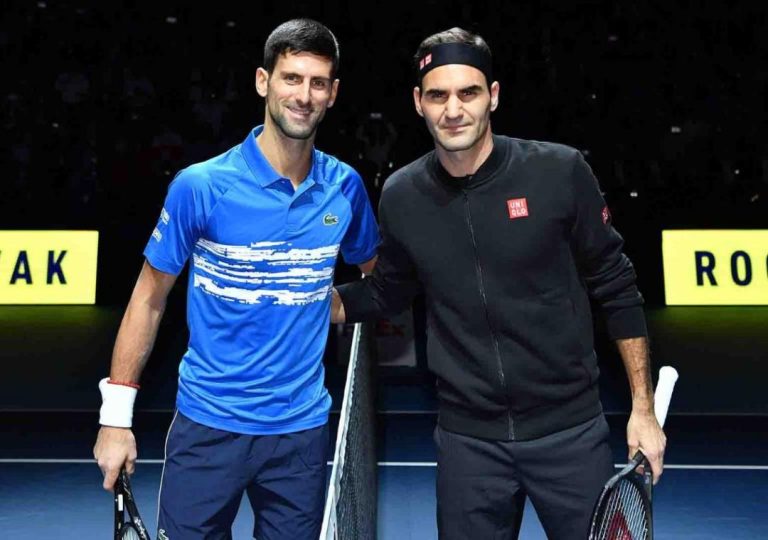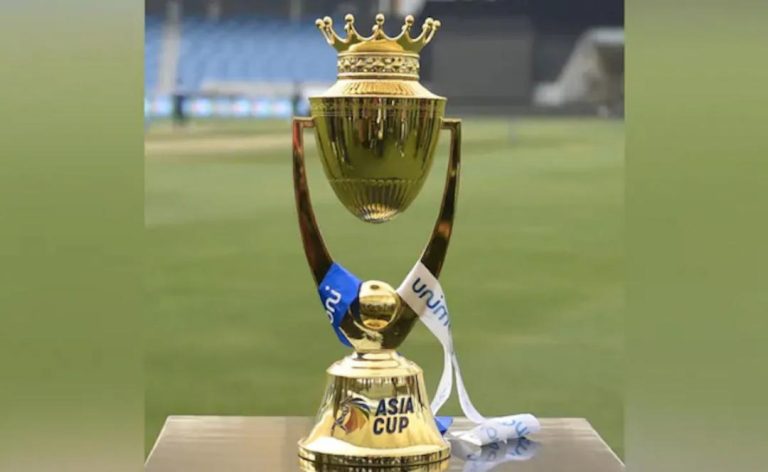
Harbhajan Backs Split Coaching for India, Says it Reduces Workload
The Indian cricket team has been experimenting with various coaching structures in recent years, and the latest topic of discussion is the possibility of splitting the coaching role for red-ball and white-ball formats. This move has sparked a debate among cricket enthusiasts, with some supporting it and others opposing it. However, one of India’s most experienced and successful spinners, Harbhajan Singh, has backed this move, citing that it will reduce the workload for everyone involved, including the coaches.
Speaking to News18, Harbhajan said, “Splitting red-ball and white-ball coaching is a good move. If you overwork one coach for the whole year, he too has family and responsibilities. It will reduce the workload for everyone, including the coaches.”
The idea of split coaching is not new, and several teams around the world have adopted this format. The concept is simple – have one coach focus solely on the red-ball format, which includes Tests and first-class cricket, while another coach is responsible for the white-ball format, which includes ODIs and T20s.
The benefits of split coaching are numerous. For starters, it allows coaches to focus on specific formats and prepare the team accordingly. This can lead to better results, as coaches can tailor their strategies and tactics to the specific demands of each format. Additionally, it also reduces the workload for coaches, who can then focus on preparing for specific series and tournaments.
Harbhajan’s argument that split coaching reduces the workload for coaches is also an important point. Coaches are human beings too, and they have their own families and responsibilities. Overworking a coach can lead to burnout, which can negatively impact their performance and the team’s overall results. By splitting the coaching role, coaches can take a well-deserved break and recharge, which can lead to better performance in the long run.
Another benefit of split coaching is that it allows for more specialized coaching. In the past, Indian coaches have often had to juggle multiple formats, which can lead to a lack of specialization. For example, a coach who is responsible for both red-ball and white-ball cricket may not have the same level of expertise in both formats. With split coaching, coaches can focus on one format and become experts in that specific area.
India has been experimenting with different coaching structures in recent years, and the current set-up has been criticized for being too centralized. The team has a single head coach, Ravi Shastri, who is responsible for all formats. While Shastri has been successful in his role, some critics argue that he may not have the same level of expertise in all formats.
By splitting the coaching role, India can create a more specialized coaching structure, which can lead to better results. For example, a coach who is an expert in Test cricket can focus solely on preparing the team for Test matches, while a coach who is an expert in white-ball cricket can focus on preparing the team for ODIs and T20s.
Of course, there are also some potential drawbacks to split coaching. One of the main concerns is that it can lead to a lack of cohesion and communication between the two coaching teams. Coaches may not have the same level of understanding and communication, which can lead to confusion and mistakes on the field.
However, Harbhajan believes that these concerns can be mitigated with proper communication and planning. He said, “If you have a good support staff and a good communication system, it can work very well. The coaches can work together and share ideas, and it can actually strengthen the team.”
In conclusion, Harbhajan’s backing of split coaching for India is an important development in the world of Indian cricket. The benefits of split coaching are numerous, and it can lead to better results and a more specialized coaching structure. Of course, there are also some potential drawbacks to consider, but with proper communication and planning, split coaching can be a successful move for India.






